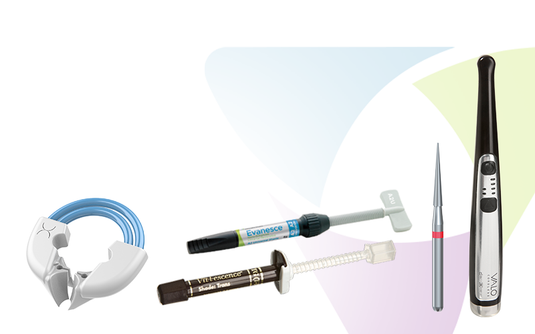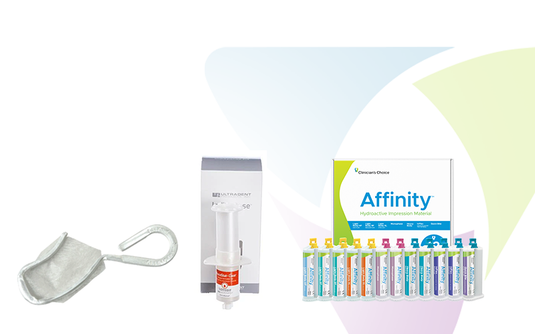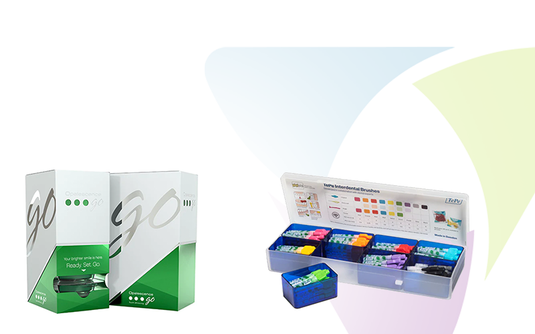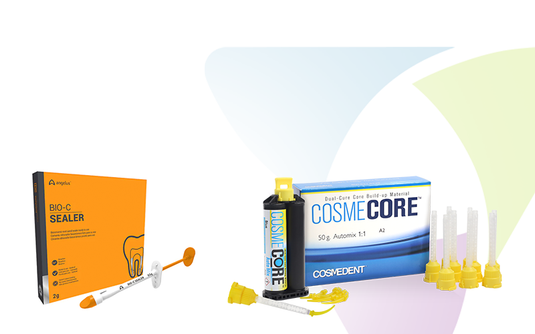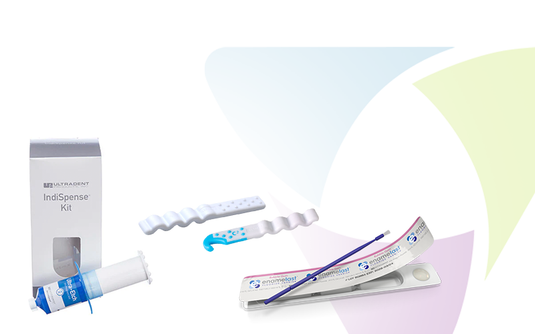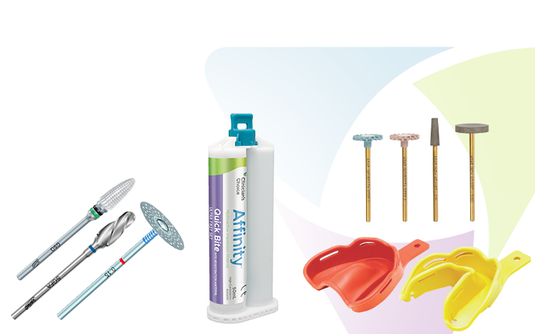Contributed by Mr. Brian Bevan
Endodontic Product Manager
Mr. Brian Bevan
has served as an endodontic product consultant for over 25 years.
His areas of experience and skill include:
Endodontic and Endo- Restorative Product Management.
New and existing product development and distribution Sales Endodontic Continuing Education and Course Development.
Over a lengthy career Brian has established excellent and enduring relationships with Key Opinion Leaders, universities and grad programs, and key dental industry contacts. Brian speaks to general dentists and specialists on a daily basis and is considered a valuable resource on the challenges and techniques essential to successful endodontics.
Over a lengthy career Brian has established excellent and enduring relationships with Key Opinion Leaders, universities and grad programs, and key dental industry contacts. Brian speaks to general dentists and specialists on a daily basis and is considered a valuable resource on the challenges and techniques essential to successful endodontics.
In their recent algorithm for treating emergency patients during the COVID-19 pandemic, the ADA has included rubber dam use, with a high-volume saliva ejector, “as a means to reduce the spread of the highly contagious virus”. There is now an obvious indication for rubber dam isolation in as many dental procedures as possible. By utilizing a rubber dam, we can minimize the aerosolized particles produced during patient care.
This helps to keep our teams safe when providing emergency care to patients who may spread viruses and other infectious diseases through airborne particles.”i Isolation with rubber dam will significantly increase the efficiency of the suction, which is one important defense against the creation of airborne contaminants. When its use is presented to a patient as an added protocol to help prevent the spread of ALL viruses, including COVID-19, their trust in your care will undoubtedly increase.
While rubber dam use is standard of care in endodontics, there are many advantages to their use in other procedures, besides preventing the spread of virus. For example, “Studies have shown that for successful long-term bonding in restorative dental treatment, a surface free of contaminates — such as crevicular fluid, saliva glycoproteins and blood — is necessary.”ii IN AS MANY DENTAL PROCEDURES AS POSSIBLE is the operative phrase from the ADA.
i Andy Janiga, D.M.D., Spear Digest, April 2020
ii Decisions in Dentistry By Mario F. Romero, DDS, John F. Coleman, DMD, Michael Pruett, DMD and Courtney S. Babb, DMD
Dentistry and photography courtesy of Bob Margeas, DDS
Rubber Dam and isolation techniques, once thought to be time consuming and awkward can now be made simple and seamless with the right products...
1. A good rubber dam is essential
As more patients now present with latex sensitivities or allergies, it is important to have a rubber dam on hand that will eliminate the potential for allergic reactions. True™ Dental Dam by Clinician’s Choice® has a latex-free option that provides exceptional strength and tear resistance, as well as optimal elasticity to provide a superb marginal seal. The purple colour is an excellent contrast to the dentition. True Dam is also available in a low-protein latex alternative.
2. Reliable clamp is also key Black Oxide Rubber Dam Clamps (BMT) prevent the insidious glare from high intensity lights which can cause eye strain. They also provide excellent spring action, resistance to metal fatigue, and resistance to corrosion.
3. A material to augment the seal for complete isolation should also be available.
Compromised teeth or roots make an adequate seal difficult and rubber dams can still leak. OraSeal or Opal Dam by Ultradent can effectively supplement the rubber dam by filling gaps or leaks easily.

